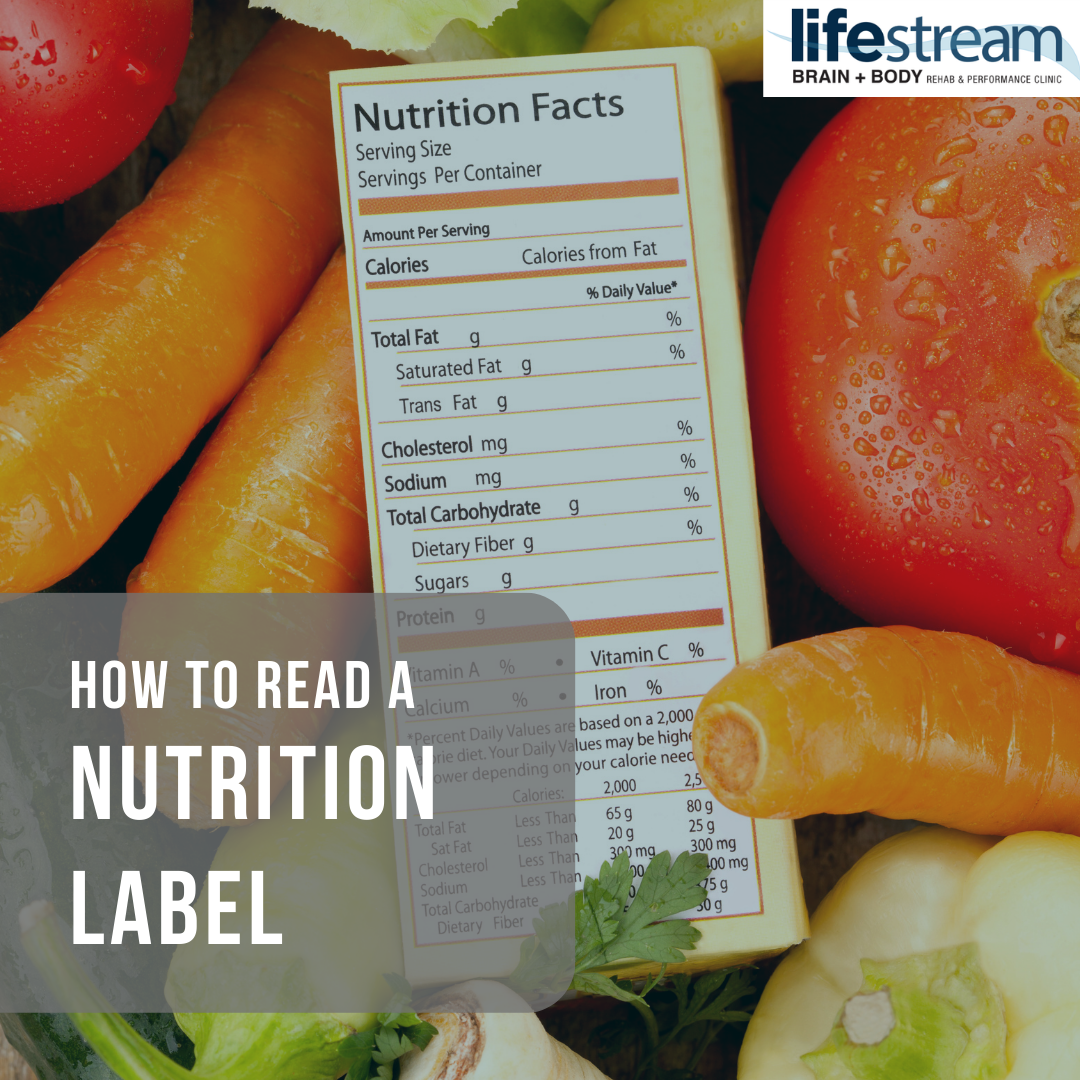How to Read a Nutrition Label
Reading a nutrition label can be so overwhelming! You might just want to know if this food is healthy for me or not. I want to help simplify the process for looking at nutrition labels and offer some tips!
- Ask yourself, “What am I trying to figure out about this food item?” For example, do you want to know if it has a lot of added sugar? Or do you want to know if it is rich in nutrients such as vitamin D or iron? Is this food going to spike my blood sugar?
– Focus on one part of the nutrition label and compare it to other similar products to get a feel for which one is better suited for your needs. - Look at the serving size (they’re often smaller than you might think) before analyzing the amount of a certain nutrient in the food item (for example, 13 grams of sugar may not seem like that much for M&M’s until you realize that’s only 16 pieces)
- Look at what is actually in the product verses nutrient claims on the outside of the package such as “less fat” or “lower sugar”. These products still may be high in saturated fat and sugar.
Things to keep in mind about a nutrition label:
- The order in which the ingredients are listed in descending order based on weight (for example, the first ingredient has the highest weight and the last ingredient has the lowest weight compared to all other ingredients)
- The percentages on the nutrition labels are all based on someone eating a 2,000 calorie diet. Therefore, unless you are certain you eat that many calories every day, the percent of your daily value might not be an accurate measure to go by.
– Percent Daily Value (% DV) is a measure of how much of a particular nutrient you are consuming in this product compared to the recommendations for an average American consuming 2,000 calories.
- The only additional nutrients that are required to be on the label are vitamin D, calcium, iron, and potassium. Just because another nutrient isn’t on the label doesn’t mean that it doesn’t exist in the product (folate, vitamin A, etc.).
- Ingredients that are in “incidental amounts” or have “no functional or technical effect in the finished product” do not have to be included on the ingredients list.
- “Common names” can be used on the ingredient label for things such as flavorings, colors, or spices unless otherwise regulated.
- A food item that has similar ratios of carbohydrate, protein, fat, and fiber will help to stabilize your blood sugar and provide lasting energy.
- Foods high in added sugars or carbohydrates (without fiber) will generally provide a higher spike in blood sugar without helping you feel full.
- The simpler and shorter the ingredient list, the better. Honestly, if a food doesn’t have a food label, then it might be the best choice yet (i.e. fresh fruits and vegetables)!
Sources:
https://www.fda.gov/food/new-nutrition-facts-label/how-understand-and-use-nutrition-facts-label
https://www.nia.nih.gov/health/how-read-food-and-beverage-labels
https://www.fda.gov/food/food-labeling-nutrition/changes-nutrition-facts-label
https://www.fda.gov/food/food-additives-petitions/trans-fat
https://www.fda.gov/files/food/published/Food-Labeling-Guide-%28PDF%29.pdf

